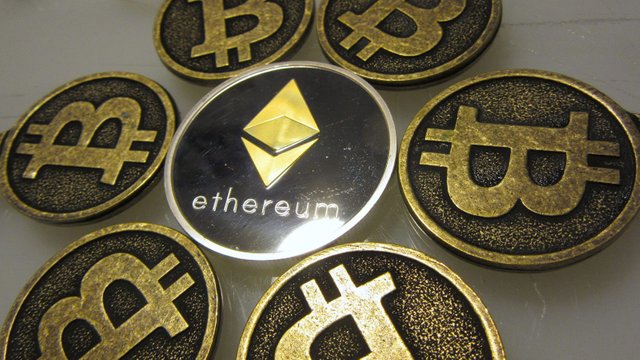THE LIGHTNING NETWORK COULD MAKE BITCOIN FASTER AND CHEAPER -I fell in love with bitcoin
IN 2014, JOSEPH Poon and Thaddeus Dryja were bitcoin-obsessed engineers hanging out at pizza-fueled meetups in San Francisco. Their conversation often turned to the central problem of bitcoin: How to make it more useful? The bitcoin network’s design effectively limits it to handling three to seven transactions per second, compared with tens of thousands per second for Visa. Poon and Dryja recognized that for bitcoin to reach its full potential, it needed a major fix.
The pair had an idea, one whose elements were already in the air at the time. On the weekends they met in unofficial coworking spaces to hammer out a paper describing their vision. Six months later, they revealed their work at a San Francisco bitcoin meetup. They called it the Lightning Network, a system that can be grafted onto a cryptocurrency’s blockchain. With this extra layer of code in place, they believed, bitcoin could support far more transactions and make them almost-instant, reliable and cheap, while remaining free of banks and other institutions. In other words, it promised to fulfill the cryptocurrency dream originally set out by Satoshi Nakamoto in 2008.
As word of their paper spread, blockchain enthusiasts started hashing out its technical details in blogs and on social media. Around the world, engineers began trying to turn the ideas in Poon and Dryja’s paper into working code. “It was the second most exciting paper I had read in the blockchain era,” says Rusty Russell, a developer at Blockstream, a blockchain technology company. “The first was Satoshi’s.”
Now, almost three years after Poon and Dryja shared their idea, the Lightning Network is coming to life. Last month the isolated groups developing the network, including Russell, banded together and released a “1.0” version. It has hosted its first successful payments, with developers spending bitcoin to purchase articles on Y'alls, a micropayment blogging site built for demonstration purposes by programmer Alex Bosworth. In a live but isolated test last month, Bosworth separately used the network to pay a phone bill with his own bitcoin. As he tweeted in late December, “Speed: Instant. Fee: Zero. Future: Almost Here.” And this week Blockstream launched an ecommerce site selling t-shirts and stickers that only accepts Lightning payments.
